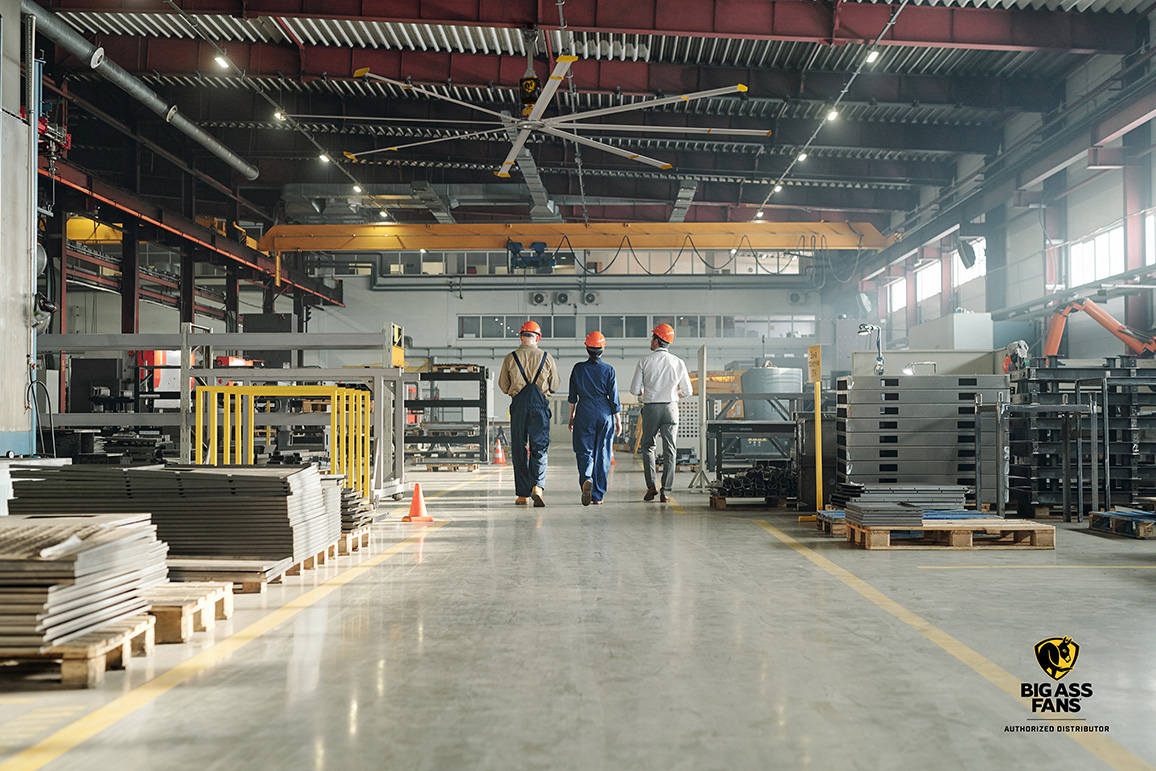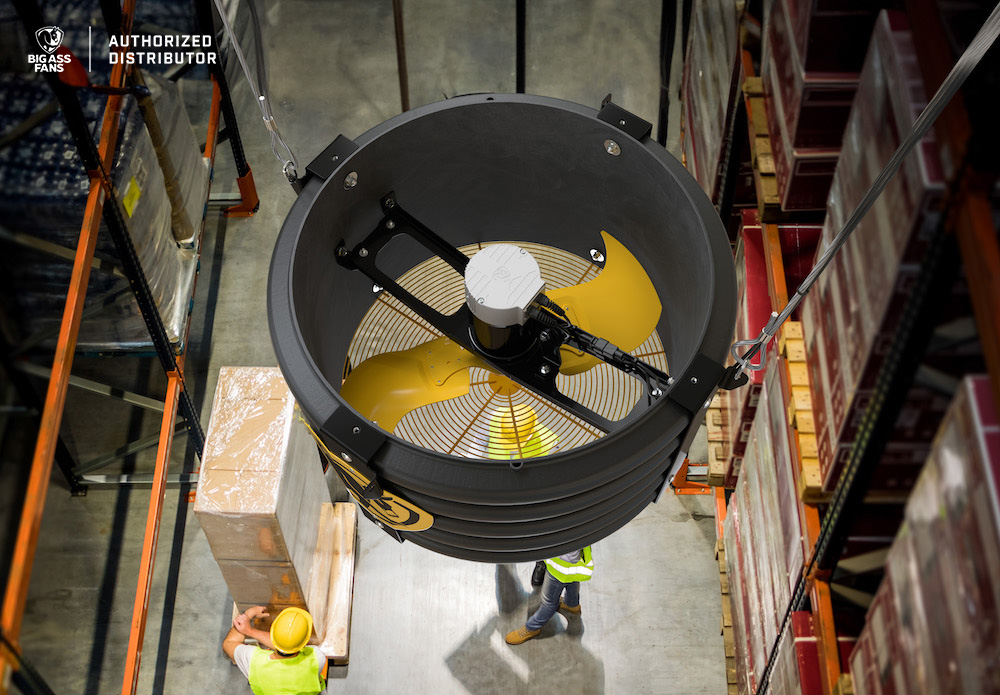The health and wellbeing of your employees plays an important part of your business or organisation. Happy and well employees help to create a mutually beneficial work environment where everyone can work productively. Of course employees are responsible for making healthy choices in their own lives, but providing a healthy work environment is something employers should take seriously. Widespread sickness or low mood in the workplace can be a result of ‘Sick Building Syndrome’ (SBS). Below we discuss some of the common problems associated with SBS in work environments.
What is ‘Sick Building Syndrome’ (SBS)?
This term was first coined by the World Health Organisation in 1986 when it was determined that 10-30% of newly built office buildings in western nations had poor indoor air quality. Since then, guidelines and information have been disseminated throughout the world to address this issue.
What are the aspects of sick building syndrome?
The main causes for SBS are attributed to humidity, temperature, ventilation, lighting, pollutants and hygiene. There may be other factors (such as noise) that contribute to sick building syndrome, but these are the aspects that are most commonly referred to. Let’s take a closer look at each.
Humidity
Damp environments are susceptible to mould which can be extremely detrimental to health. Some mould causes allergic reactions, others exasperate conditions like asthma. And, just as too much humidity can cause problems, not enough humidity can also be a problem. When the air you breathe is overly dry it dries out your airways making it more likely for you to catch winter bugs. Dry air can also bring on illnesses such as bronchitis or irritations such as nosebleeds. Humans do best at 40-60% humidity. Humidity can be managed by some HVAC systems which have humidifiers and dehumidifiers as add-on features. Other options include opening windows for a period of time each day as well as installing adequate insulation.
Temperature
Closely related to humidity is temperature. Trying to concentrate in a work environment can be incredibly hard if you are either too hot or too cold. In New Zealand, WorkSafe recommends an indoor temperature between 19-24 degrees Celsius in the summer and 18-22 degrees Celsius in the winter. Essentially you want your workers to be thermally comfortable. That means they feel neither too hot nor too cold.
Environments that are too hot can cause sleepiness or bring on headaches. This can lead to dizziness or even fainting. Environments that are too cold will cause employees to shiver or perhaps catch a chill. When it comes to adjusting the temperature of your work environment, you also want to make sure that your employees don’t experiences large fluctuations in temperature which can put stress on the body as it works to adjust quickly to the new environment. Using a thermostat will help you to monitor the temporal conditions of your environment. Using timers on your heating or cooling systems so they switch off after a particular amount of time or once a certain temperature is reached can also help.
Ventilation
Ventilation will help with your humidity and temperature control and it also helps to keep the air in your work environment fresh. Stuffy and stale air in work environments is unpleasant and stagnant air is likely to contribute to the spreading of colds or viruses among your employees. Ventilation can be helped by simply opening some windows, but if the airflow is not great in your building you may want to consider a HVAC system or fans.
Lighting
Natural lighting is always best for the human eye but some environments require the light to be supplemented. It is better to install lighting than have people trying to work in dimly lit rooms. Too much light and glare is also a problem so, like humidity, a balance must be struck. Poor lighting can cause eye strain and headaches. Over powering light is also likely to cause headaches.
You can make the most of natural light by using pale colours on your walls to reflect it. Fluorescent lights can cause eye problems for people that are sensitive to them and faulty fluorescent lights that flicker can cause seizures for epileptics. Using alternative lighting can help your employees with these problems as well as encouraging regular breaks from their computer screens.
Pollutants
The types of pollutants employees could be exposed to when working indoors vary from workplace to workplace. Some factories use chemicals that can pollute the air but even office buildings can experience problems with pollutants from copy machines or cleaning products. Most workplaces combat these problems through use of protective gear and keeping hazardous materials separate from working areas.
Hygiene
Regular cleaning of work places, especially high use areas, is important when it comes to keeping employees healthy and restricting the spread of illness. This can include simple tasks such as regular vacuuming and dusting, to more specialist tasks such as using pest control or servicing equipment such as air conditioners.
Though there are many factors to keeping a healthy work environment, it is interesting to note that many of these problem areas can be managed via ventilation. Control of humidity, temperature, air quality and pollutants can all be managed to some degree via smart air flow control.
If you are considering options for your workplace, the team at Jet Black Fans can come to your worksite and provide a free assessment. Keeping environments healthy for people is something we know a lot about. Get in touch today and we’ll provide a plan to keep the air in your space fresh and healthy.
Sign up to our newsletter




